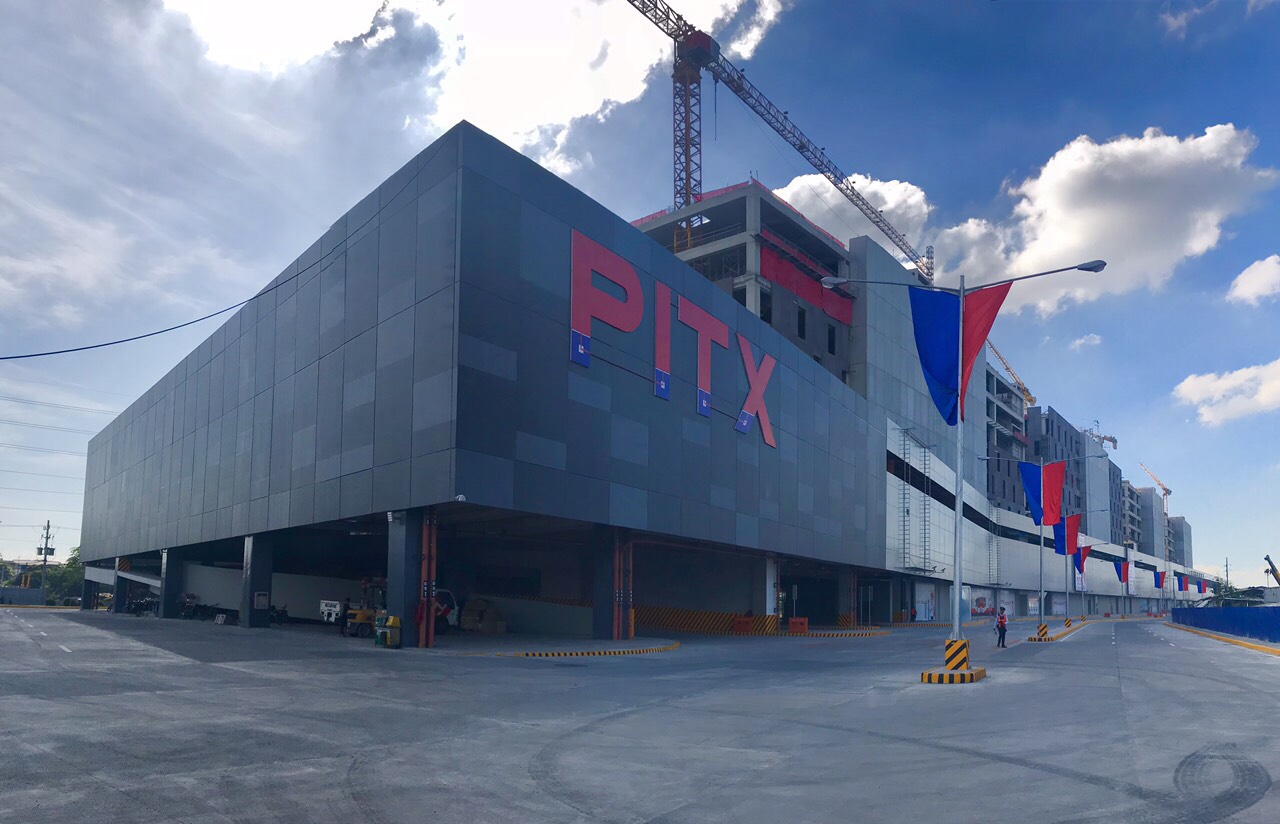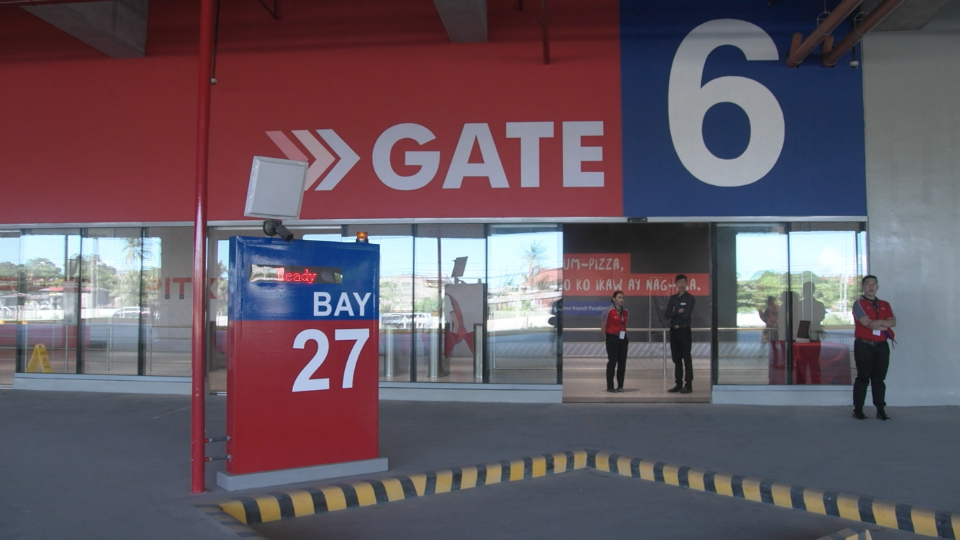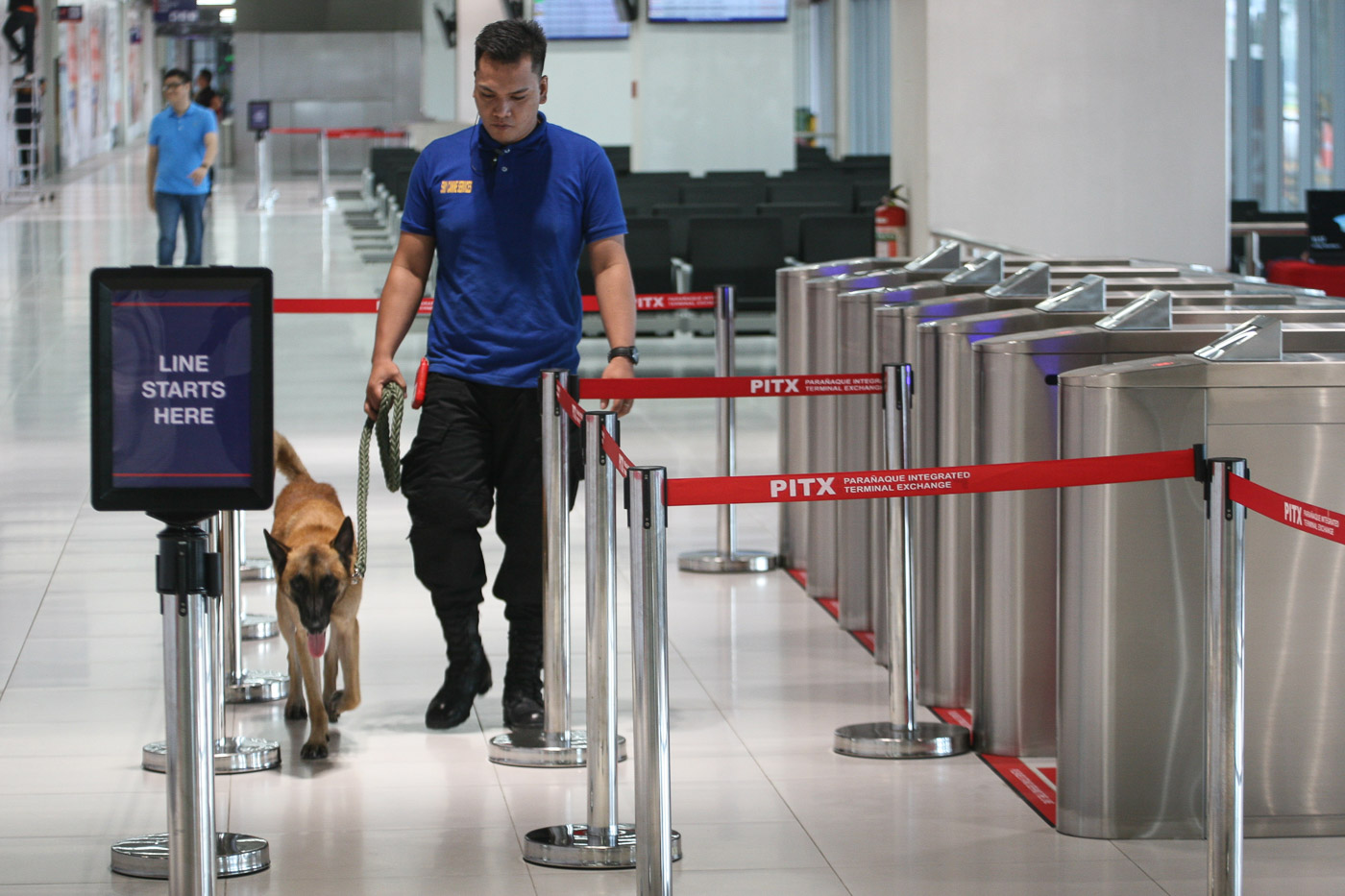
MANILA, Philippines (UPDATED) – A modern intermodal terminal is set to service commuters between Metro Manila and nearby provinces in Calabarzon.
Dubbed the Philippines' "first landport," the Parañaque Integrated Terminal Exchange (PITX) is a 4.5-hectare "all-in-one" terminal housing transportation bays, commercial spaces, and office buildings.
With a capacity of 100,000 passengers daily, the PITX offers seamless connections to other modes of transportation from provincial to in-city buses, taxis, jeepneys, and UV Express shuttles.
Located along Diosdado Macapagal Boulevard, it will be linked to the planned Light Rail Transit Line 1 (LRT1) Cavite extension.
The PITX is a flagship project under the government's Build, Build, Build infrastructure program. It was awarded to MWM Terminals, a consortium of Megawide Construction Corporation and WM Property Management, under a 35-year build-operate-transfer concession with the government.
Here's a look at the PITX ahead of its inauguration on Monday, November 5:
State-of-the-art facilities
The PITX boasts state-of-the-art facilities, mostly devoted to integrating provincial and in-city bus transfers.

Premium point-to-point bus operator UBE Express will also be offering rides from the PITX to Ninoy Aquino International Airport terminals in Pasay City, according to MWM.
The first floor of the terminal houses an information center, bus ticketing counters, and bus boarding gates.

At the counters, commuters can easily choose their preferred bus trips and seats from the terminal to any point in Metro Manila, Cavite, and Batangas. They can also buy tickets in advance. Online ticketing will later be launched.

Right now, ticketing officers only accept cash payments. But MWM is looking at integrating automated fare collection through Beep cards.

MWM said the PITX can host around 70 bus trips per hour.
What differentiates the PITX from the regular bus terminal is that it will be stricter about trips departing on time. MWM installed CCTV cameras and sensors at the bus bays to monitor whether trips are on schedule or not.
MWM said buses are only allowed to enter their assigned bay 10 minutes before the trip, to avoid congestion in the area. If they arrive ahead of schedule, the sensors won't allow them to enter the bay.


While waiting for their trips, drivers may stay at the designated staging area for buses near the terminal.

Different modes of transport
Aside from the bus bays taking center stage at the first floor, public utility jeepney (PUJ) bays are also at the same floor.
The loading bay is located on the left side of the building, while the unloading bay is on the right side.
The second floor has the unloading bay for buses. There are a total of 36 loading bays and 23 unloading bays for buses.

At the third floor, there are 18 loading bays and 17 unloading bays for UV Express shuttles.
The proposed link to the LRT1 Cavite extension will be at the third floor as well.

At the fourth floor of the building, there are 852 parking spaces for motorists.

Other facilities
The PITX aims to provide safe, secure, and convenient travel to passengers. Operations are 24/7, with CCTV cameras around.

There is also free Wi-Fi at every floor.

The terminal even includes an all-gender restroom, and pay lounges that have shower rooms. There is also a breastfeeding station for mothers to use.

For those who want a moment of silence to pray, a prayer room is located at the third floor.

Several spaces around the terminal have been reserved by fast-food chains, food concessionaires, and retailers.
MWM said a supermarket will also be leasing one of the spaces, making the terminal an "all-in-one" spot.

Office buildings were also built in the terminal area, in a bid to ramp up development along Diosdado Macapagal Boulevard.
Leased spaces will be operational in 2019.

Decongesting Metro Manila
The PITX is seen to help decongest traffic within Metro Manila. The provincial and in-city transfers would pave the way for fewer southbound vehicles.
Under the Metropolitan Manila Development Authority's provincial bus ban, buses coming from the south that do not have terminals in Pasay City are advised to use the PITX.
The ban was suspended late September, with the counterpart terminal in the north – the Valenzuela Interim Terminal – yet to be completed. – Rappler.com







